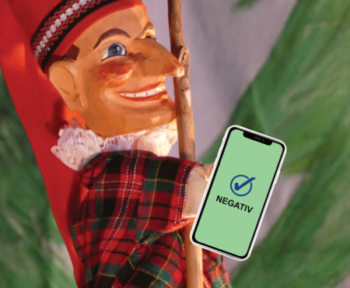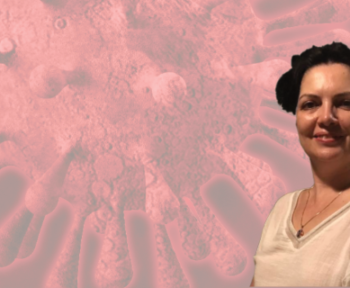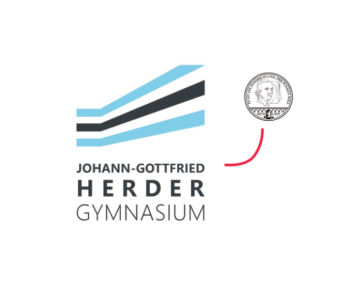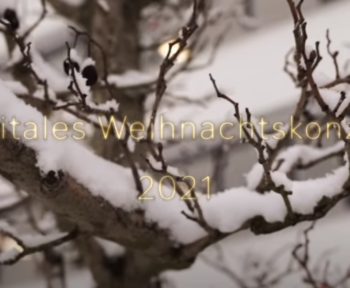Influenced by his own past, the exceptional artist Zdzisław Beksiński used photography to give free rein to thoughts and feelings.
Zdzisław Beksiński’s 50 year career, spanning over ca. 300 paintings, began in 1929 in Sanok, a town in south-eastern Poland. Before WWII, Sank encompassed the highest population of Jewish Polish people. In 1939, the Nazis invaded Poland, despite signing a non-aggression pact with the Soviet Union and in October of the same year, the Polish army surrendered after losing 65,000 soldiers and several thousand civilians. During this time Beksiński experienced many horrors that gave inspiration for his future career.
The key of unconventional photography
He was not formally trained in arts, but decided to study architecture in Kraków, here learning the history and symbolism of architecture. Shortly after this, he returned home to design buses, as well as discover a new side hobby: photography. Beksiński’s debut with photography came in 1957, a time where pure photography was the normal technique used by many, concerned with the use of sharp, realistic photos. He shocked many with his photograph, the “Sadist Corset”, receiving immediate backlash, because of his unconventional rejection of the traditional nude, showing bodies in a rigid and surrealist way. His pieces were called anti-photography, because they didn’t really depict the subject, more so their reflection through mirrors, cropped limbs, shadows or out of focus silhouettes. Beksiński’s most used topics and interests were fantasy, sadomasochism, erotica, Eastern mysticism and abstractionism. In the 60’s he donated all his money to the photography museum in Sanok, believing photography limited his imagination, not identifying with the strict borders of mainstream photography. Till the 1980’s, his most famous art period, the “Fantastic series” entered. Here, all works were untitled, at cause of the possibility of creating a misconstrued meaning or interpretation of the work. This being said, there were common similarities in his work. He mostly drew hellish landscapes, disturbing nightmarish figures and grim unearthly architecture.
Processing of the past
Many believe Beksiński deals with his personal experiences during WWII in his paintings, especially the use of war helmets, red mean figures, burning buildings and destruction fortify this theory. Additionally, the color blue, more so Prussian blue, plays an interesting role in these horror scenes he created. To create Prussian blue, Prussic acid, also called hydrogen cyanide, was formally used, as well as to make “Zyklon B”. This poison gas was used by the Germans in gas chambers and would leave a blue residue on the walls. Under the use of this gas, 1.1 million Jews were murdered by Nazis in extermination camps. Many religious symbols and crowds surrounding bigger, powerful figures show Beksiński’s crowd critique, as well as his critique against religion. He shows human bodies as thin, hunger stricken, somewhat unnatural beings, blending with other objects to create whole new and scary entities. His paintings have an unnatural, but also natural touch to them, giving the viewer the feeling of reaching into the deepest, darkest corner of his and our mind.
Beksiński’s mysterious and surprising, raw and visceral depiction of the human experience of true trauma through fantasy hellish displays makes it easier to place yourself in his shoes, his raw emotion, which he felt during WWII being clear without needing to explain it or put it into words.
Serious losses
Considering this, he felt his paintings were misunderstood, as he thought them funny and optimistic. Then again, he never wanted to paint what was popular in the mainstream art industry. Sadly, his later life wasn’t filled with much joy either. His wife, Zofia, died of cancer and their son, Tomasz, a very famous and respected journalist, committed suicide. Beksiński never recovered from his losses and closed himself off from almost everyone. In 2005, he was murdered in Warsaw by the son of his house keeper because of his refusal of lending him money.
The remembrance endures
Beksiński’s murder robbed the art world of an ingenious mind and an incredible painter. He was the symbol of the birth of modern polish art, furthermore influencing many rock musicians and creators of video games, as well as Oscar awarded films. In 2016, a Polish film about his life “The Last Family” was created, recommendable for those interested more in his life. Zdzisław Beksiński is an artist everyone should know and recognise, his way of portraying the raw emotion of the crimes committed by Germans in Poland in WWII, as well as leaving room for the viewer to interpret their own meaning into his artworks, being unique and infinitely notable.
Get to know Frida Kahlo – another of the best artists of our time.










